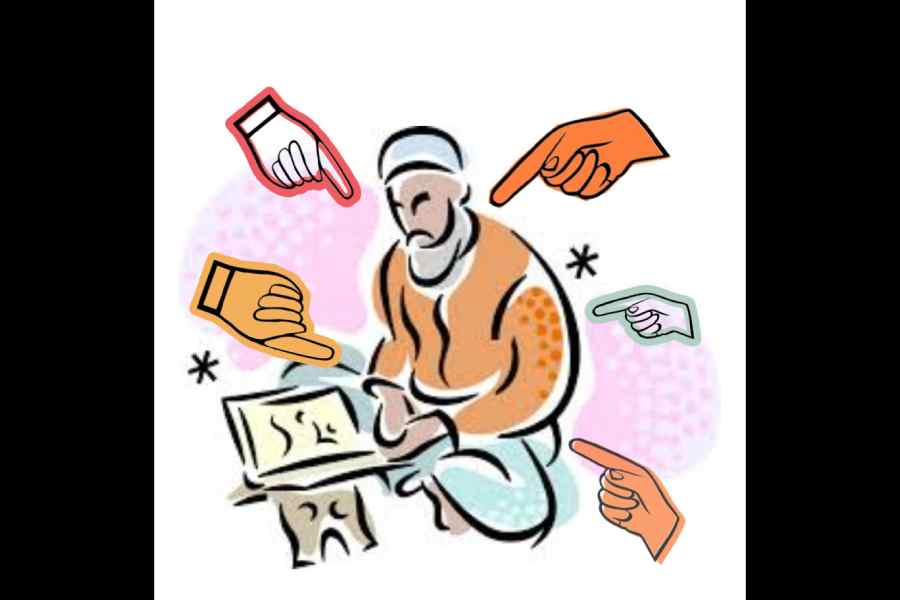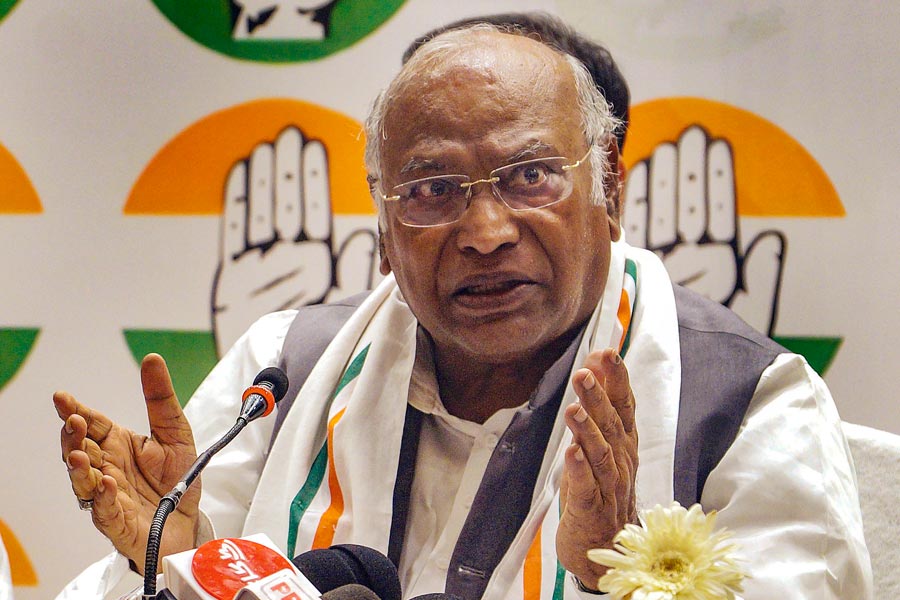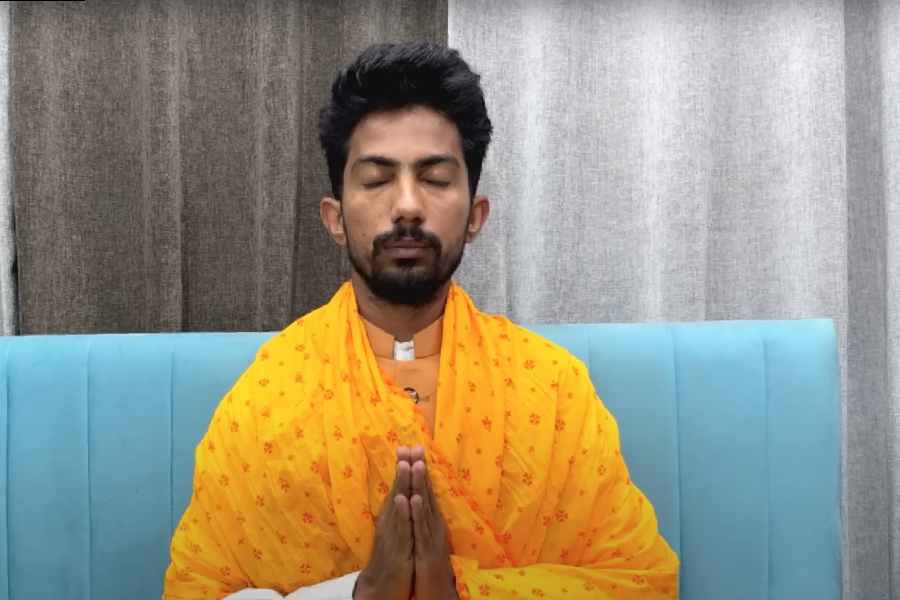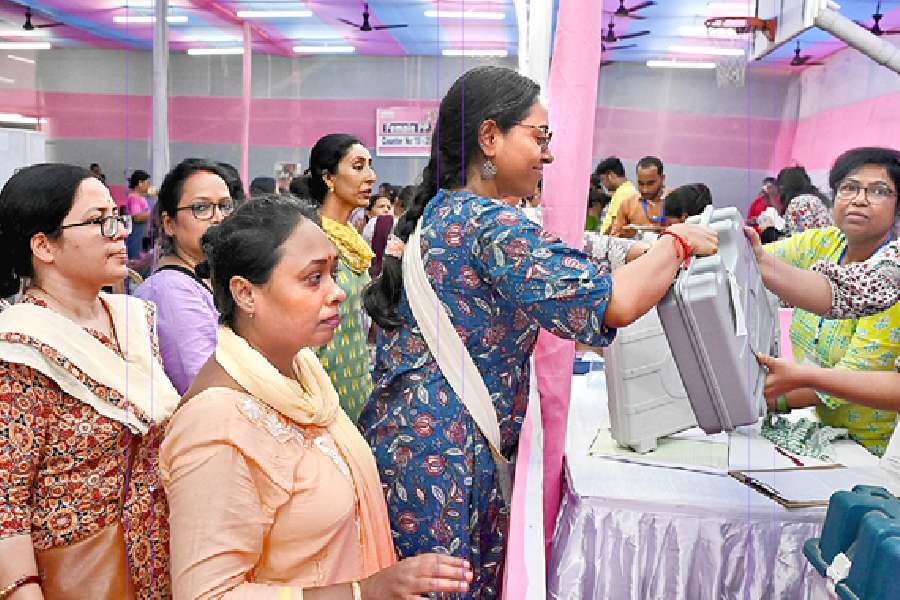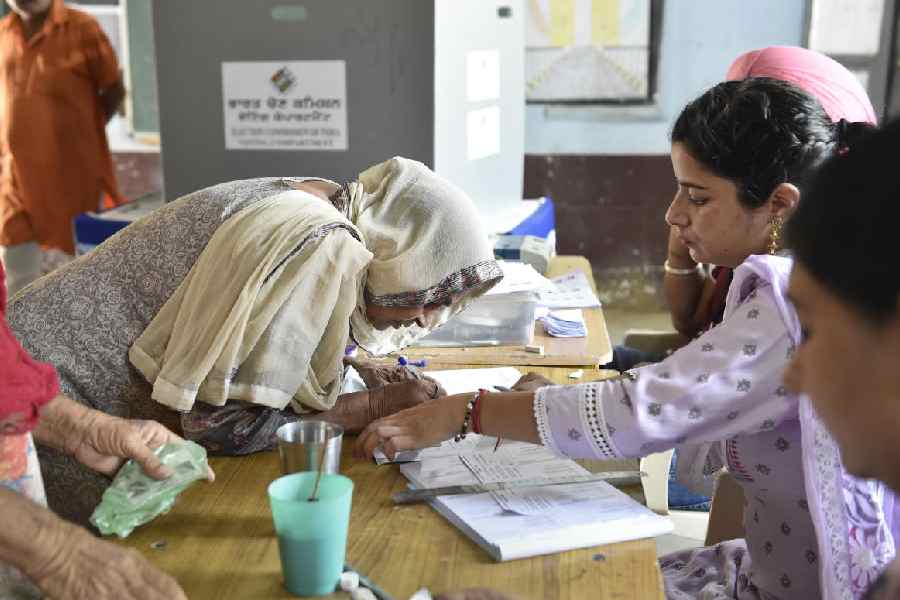‘The BJP has put them in their place.’ I have been encountering this expression in several different ways in the last 10 years. My committed liberal friends often confess that there has been a startling change in ‘middle-class drawing room discussions’ after 2014. In an apologetic tone, they acknowledge that some of their neutral, educated and almost apolitical relatives and family members have surprisingly started appreciating the Narendra Modi-led Bharatiya Janata Party’s rhetoric of ‘controlling Muslims’. My lower-middle-class Hindu respondents, especially in the northern states, also make a very similar assertion. They are not fully pleased with the existing state of affairs, particularly in the socio-economic sphere. Yet, they have the satisfaction that Muslims have been properly 'handled' by the BJP regime.
These everyday conversations with friends as well as my ethnographic fieldwork observations do not support the findings of my own surveys. Our CSDS-Lokniti surveys have shown that a significant majority of Indians, especially Hindus, strongly assert that India does not belong only to Hindus. The findings of the Pew survey, Religion in India: Tolerance and Segregation, are more interesting. According to this study, around 80% of the respondents claim that respecting other Indian religions, including Islam, is an inseparable aspect of their religious beliefs. Does it mean that our respondents, the real people, would always remain inconsistent and paradoxical?
I do not want to pose this question as a method puzzle — the outdated and almost useless debate in social sciences on the authenticity of an appropriate research method to find out the truth. In my view, both the findings are correct. Hindu belief in religious diversity of the country and Hindu appreciation for the BJP’s handling of Muslims correctly underline a complex sentiment, which is deeply rooted in our postcolonial, collective memory. In fact, it is inextricably linked to the ways in which the Muslim identity is presented in the public domain.
Broadly speaking, there are two, almost contradictory, images of Muslims. On the one hand, there is a powerful Muslim image, which is always invoked in relation to what may be called a memory of a royal Muslim past. There is an equally puzzling Muslim image symbolising poverty, marginalisation, and backwardness. The interplay between these two incompatible images of Muslims produces several unresolved social and political anxieties.
For instance, the public presence of Indo-Islamic architecture creates an enduring impression that Muslims indeed dominated other religious groups before the advent of colonial rule. The cultural elements often associated with Muslim rulers — attire, jewellery, poetry and literature, food, artefacts, music, dance, and even the stories of opulence — contribute significantly to this imagination of the Muslim identity.
The representation of Muslims as past rulers of the country — both as a formidable political power as well as a culturally rich and sophisticated community — not merely legitimises the standard colonial description of medieval Indian history as the ‘Muslim period’ but also substantiates the Hindutva story of the political-cultural subjugation of Hindus. As a result, an Asharaf aristocratic high culture gets established as an illustrative reminder of Muslim dominance as well as their collective decline.
P.N. Oak, a self-claimed historian, makes an interesting observation in the introduction of his controversial book, Some Blunders of Indian Historical Research. He asks, “How was it, I thought, that the Hindus, who ruled India for at least 4,000 years from the Pandavas to Prithviraj, did not have even a single monument to their credit? If they did not build any monuments, where did they, their courtiers and the common people live?”
One may reject this simple historical curiosity as a kind of right-wing propaganda, especially in the present context when demonising Muslims has become completely normalised. However, there is a much deeper anxiety inherent in this comment. It is obvious for a Hindu to become curious about ‘Hindu monuments’ to assert his/her civilisational contribution in the making of India.
Jawaharlal Nehru, it seems, was sensitive to this kind of historical quest. In his famous book, The Discovery of India, Nehru tries hard to offer an Indian conception of heritage in which Hindu and Muslim cultures are not envisaged as conflicting entities. That was the reason why the Taj Mahal, the Ajanta and Ellora caves, the Konark temple and Hindustani classical music emerged as symbols of India’s composite culture.
This Indian conception of heritage worked well for the Nehruvian elites in the 1950s, especially in the post-Partition era. It was possible for them to celebrate unity in diversity in elitist terms. However, this framework of national culture did not have any space for poor and marginalised Muslims. They did not have the cultural capital to be recognised as legitimate stakeholders in the sphere of heritage while, at the same time, bearing the burden of a royal Muslim past.
Interestingly, this sociological configuration of Muslim communities is never taken seriously. There is a standard story about Muslims in India which is narrated in several different ways: Muslims were the rulers; they lost to the British; they opposed the British to regain power in 1857; they were appeased by the British and, then, by the Congress; they got Pakistan in 1947; they remained in India; they are poorer than Dalits.
M.K. Gandhi was perhaps the only modern Indian thinker who did not subscribe to this story. He strongly advocated the fact that Muslims in India should not be seen as the representatives of medieval Muslim rule. For him, the ideals of Islam and their everyday receptions were more important than the memories of Islamic rule in India.
Contemporary Hindutva politics has made full use of this complicated portrayal of Muslims as a homogeneous community. The stories of Muslim aristocratic superiority are used to highlight the relative marginalisation of Hindus in medieval India. On the other hand, the presence of a large number of poor and backward Muslims is shown as a national burden, especially to the committed Hindu tax-payers. This simple and straightforward description goes well with the famous Muslim appeasement thesis, which alleges that Muslims are always given undue advantages in a secular India.
Our two findings — Hindus respect Islam and believe in Indian diversity and Hindus are content with the BJP’s position on Muslim appeasement — become relevant in this context. Respect for Islam and religious diversity underline an idealistic worldview, something that is more abstract and morally desirable. A Hindu respondent does not find any problem in claiming that one should respect all religions and India belongs to all. The spiritual presence of Islam in public life does not make him/her ethically uncomfortable.
However, this does not mean that this idealistic Hindu response will eventually lead to any ‘politically correct’, secular formulation. Everyday interactions between Hindus and Muslims are guided by a number of different factors — their respective class positions, economic distress, the nature of public debates, communal propaganda through media and films and so on. The given imaginations of Muslim presence — past rulers, responsible for the Partition, and a burden on the nation — affect Hindu perceptions in a decisive manner. Against this backdrop, the BJP’s slogan, ‘development for all and appeasement of none’, emerges as a possible way out for them and they start appreciating the BJP.
This two-fold, complex Hindu emotion underlines the success of Hindutva. Yet, it also bares Hindutva’s failure. Political majoritarianism has been unsuccessful, so far, to convince Hindus that India belongs only to them.
Hilal Ahmed is Associate Professor, CSDC, New Delhi

